
How to Use BEC module : Examples, Pinouts, and Specs
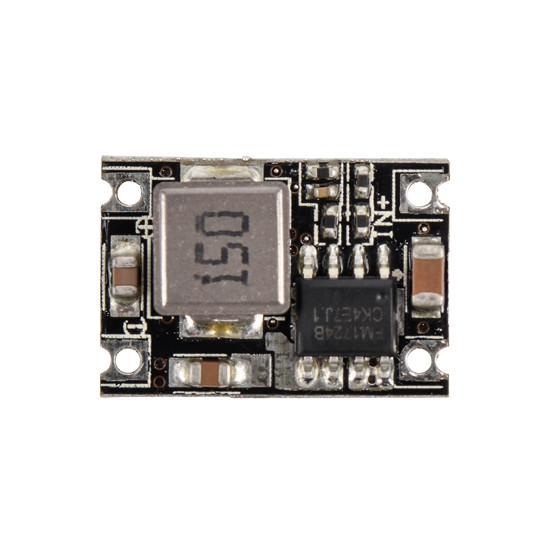
 Design with BEC module in Cirkit Designer
Design with BEC module in Cirkit DesignerIntroduction
A BEC (Battery Elimination Circuit) module is an electronic device designed to provide a regulated voltage output from a battery source. It eliminates the need for a separate battery to power servos, receivers, and other components in remote-controlled (RC) applications. By stepping down the voltage from the main battery, the BEC module ensures that sensitive electronics receive a stable and safe power supply.
Explore Projects Built with BEC module
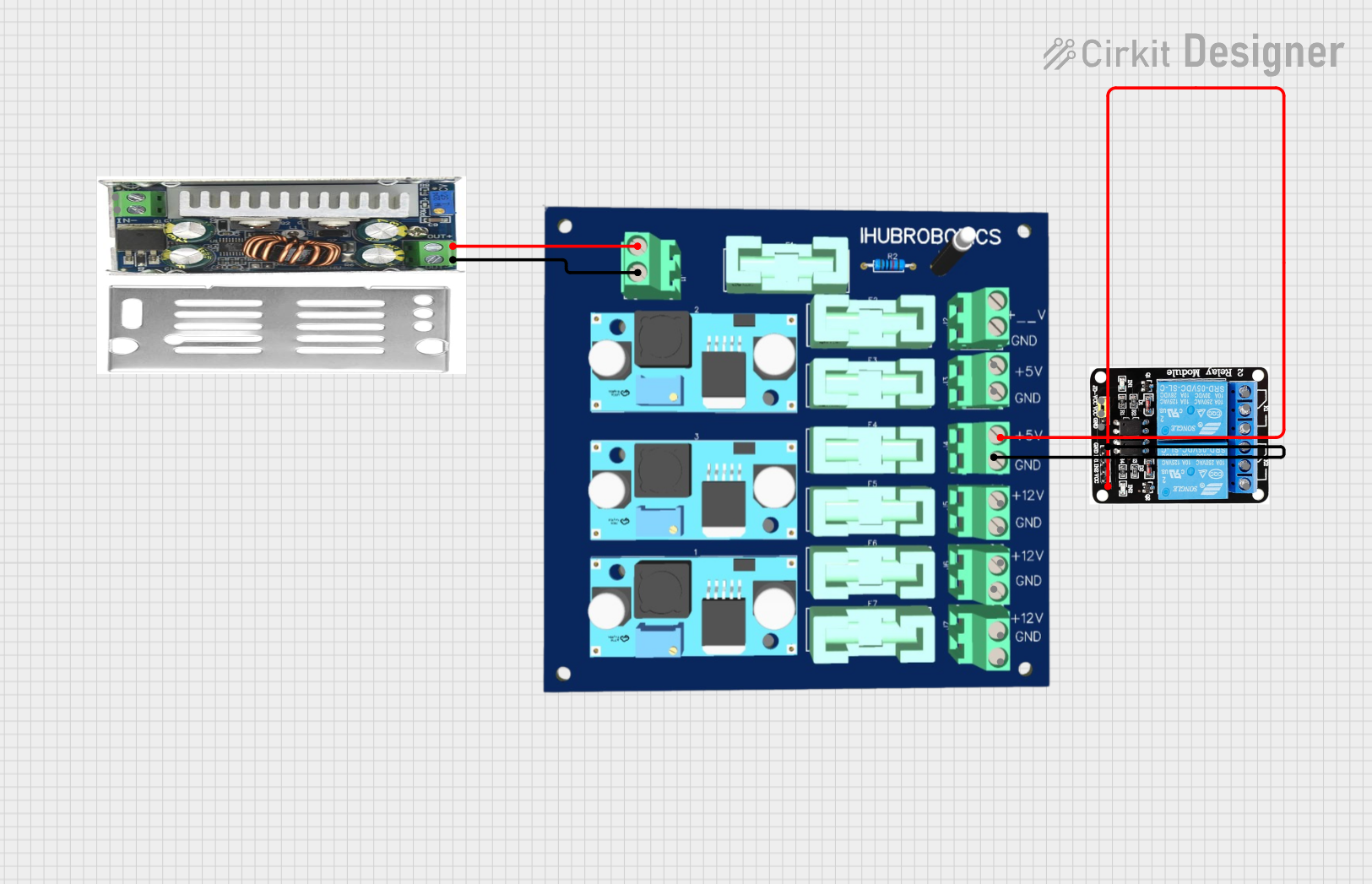
 Open Project in Cirkit Designer
Open Project in Cirkit Designer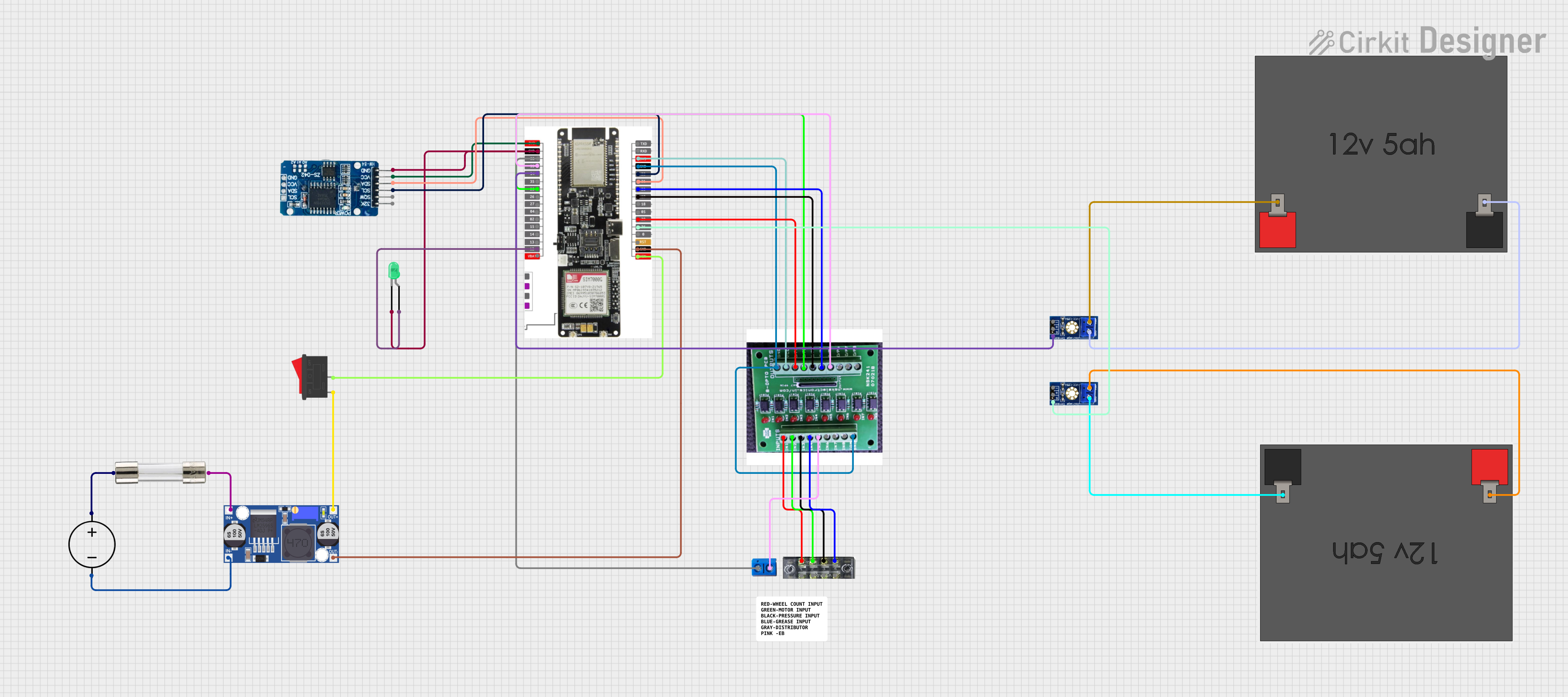
 Open Project in Cirkit Designer
Open Project in Cirkit Designer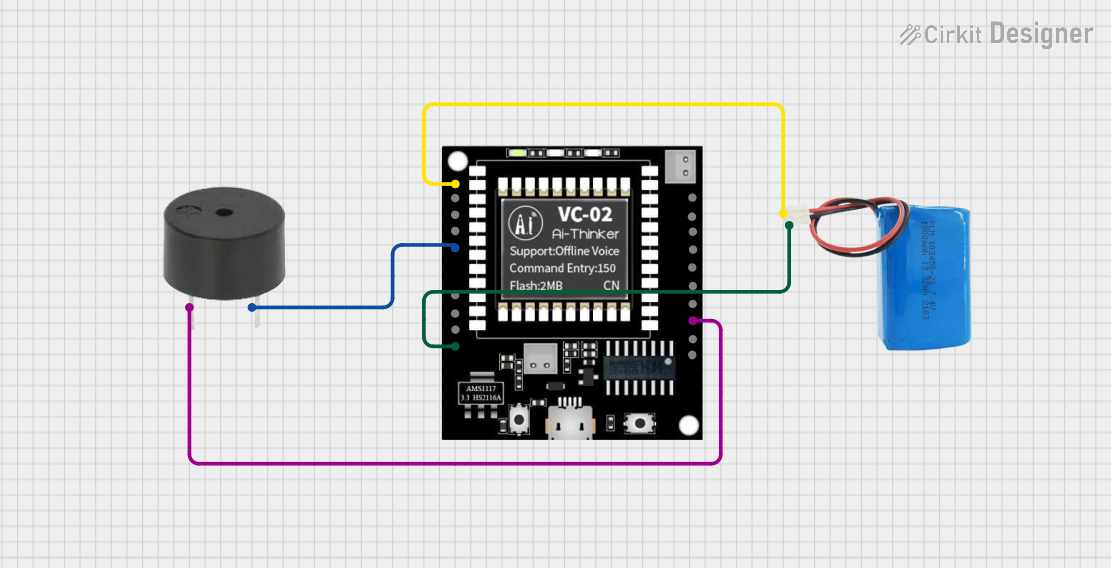
 Open Project in Cirkit Designer
Open Project in Cirkit Designer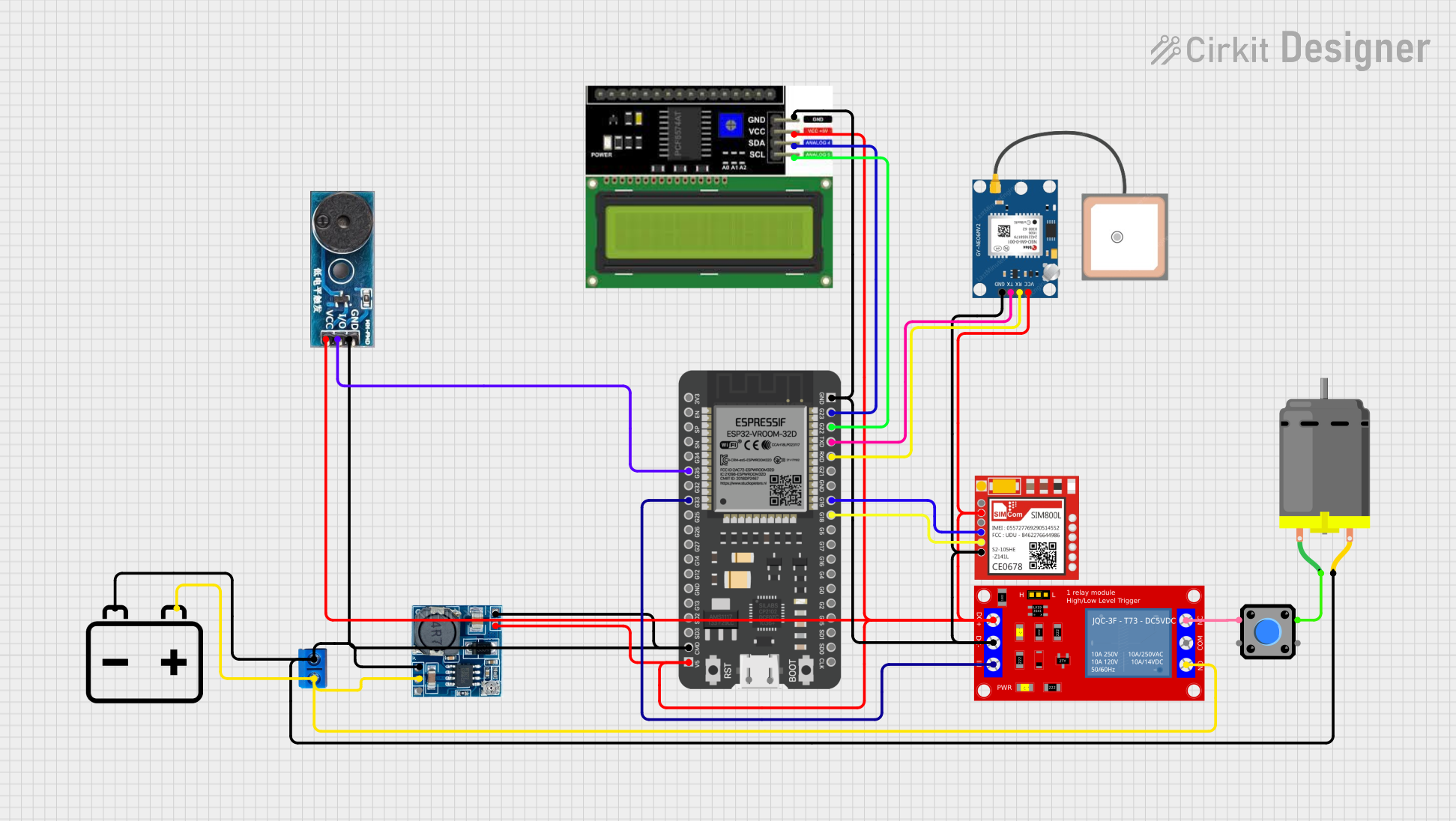
 Open Project in Cirkit Designer
Open Project in Cirkit DesignerExplore Projects Built with BEC module

 Open Project in Cirkit Designer
Open Project in Cirkit Designer
 Open Project in Cirkit Designer
Open Project in Cirkit Designer
 Open Project in Cirkit Designer
Open Project in Cirkit Designer
 Open Project in Cirkit Designer
Open Project in Cirkit DesignerCommon Applications and Use Cases
- Powering RC receivers and servos in drones, cars, boats, and planes.
- Supplying regulated voltage to microcontrollers and sensors in robotics.
- Providing a stable power source for LED lighting systems in RC models.
- Reducing the weight of RC systems by eliminating the need for additional batteries.
Technical Specifications
Below are the general technical specifications for a typical BEC module. Note that specific values may vary depending on the model and manufacturer.
| Parameter | Specification |
|---|---|
| Input Voltage Range | 6V to 26V (2S to 6S LiPo batteries) |
| Output Voltage Options | 5V or 6V (selectable on some models) |
| Maximum Output Current | 3A to 5A (depending on the model) |
| Efficiency | Up to 90% |
| Output Voltage Ripple | <50mV |
| Operating Temperature | -20°C to 85°C |
| Dimensions | Typically 25mm x 15mm x 8mm |
| Weight | ~10g |
Pin Configuration and Descriptions
The BEC module typically has three main connections: input, output, and ground. Below is a table describing the pin configuration.
| Pin Name | Description |
|---|---|
| VIN (+) | Positive input voltage from the battery source. Connect to the battery's + terminal. |
| GND | Ground connection. Common ground for both input and output. |
| VOUT (+) | Regulated output voltage. Connect to the load (e.g., servos, receiver, etc.). |
Some BEC modules may also include a jumper or switch to select the output voltage (e.g., 5V or 6V).
Usage Instructions
How to Use the BEC Module in a Circuit
Connect the Input Voltage:
- Connect the VIN (+) pin to the positive terminal of your battery.
- Connect the GND pin to the negative terminal of your battery.
Connect the Output Voltage:
- Connect the VOUT (+) pin to the positive power input of your load (e.g., RC receiver, servo, or microcontroller).
- Ensure the GND pin is also connected to the ground of your load.
Voltage Selection (if applicable):
- If your BEC module has a voltage selection jumper or switch, set it to the desired output voltage (e.g., 5V or 6V) before powering the circuit.
Power On:
- Once all connections are secure, power on the battery. The BEC module will regulate the voltage and supply power to the connected load.
Important Considerations and Best Practices
- Check Voltage Compatibility: Ensure the input voltage is within the specified range of the BEC module. Exceeding the maximum input voltage can damage the module.
- Current Rating: Verify that the connected load does not exceed the maximum output current rating of the BEC module.
- Heat Dissipation: If the BEC module becomes warm during operation, ensure proper ventilation or consider adding a heatsink.
- Polarity: Double-check all connections to avoid reverse polarity, which can damage the module and connected components.
- Noise Filtering: For sensitive applications, consider adding a capacitor across the output to reduce voltage ripple.
Example: Using a BEC Module with an Arduino UNO
A BEC module can be used to power an Arduino UNO from a LiPo battery. Below is an example circuit and code.
Circuit Connections
- Connect the VIN (+) pin of the BEC module to the positive terminal of a 3S LiPo battery (11.1V).
- Connect the GND pin of the BEC module to the negative terminal of the battery.
- Connect the VOUT (+) pin of the BEC module to the 5V pin of the Arduino UNO.
- Connect the GND pin of the BEC module to the GND pin of the Arduino UNO.
Example Code
// Example code to blink an LED connected to pin 13 of the Arduino UNO
// Ensure the BEC module is providing a stable 5V to the Arduino UNO.
void setup() {
pinMode(13, OUTPUT); // Set pin 13 as an output
}
void loop() {
digitalWrite(13, HIGH); // Turn the LED on
delay(1000); // Wait for 1 second
digitalWrite(13, LOW); // Turn the LED off
delay(1000); // Wait for 1 second
}
Troubleshooting and FAQs
Common Issues and Solutions
| Issue | Possible Cause | Solution |
|---|---|---|
| No output voltage from the BEC module | Incorrect wiring or reverse polarity | Double-check all connections and ensure correct polarity. |
| Output voltage is unstable or noisy | High current draw or insufficient filtering | Add a capacitor (e.g., 100µF) across the output terminals to reduce ripple. |
| Module overheats during operation | Load exceeds maximum current rating | Reduce the load or use a higher-rated BEC module. |
| Connected device does not power on | Output voltage is not set correctly | Verify the output voltage setting (e.g., 5V or 6V) and adjust if necessary. |
FAQs
Can I use a BEC module with a 2S LiPo battery?
- Yes, most BEC modules support input voltages as low as 6V, which is suitable for a 2S LiPo battery.
Can I power multiple devices with a single BEC module?
- Yes, as long as the total current draw of all devices does not exceed the maximum output current rating of the BEC module.
What happens if I exceed the input voltage range?
- Exceeding the input voltage range can damage the BEC module. Always ensure the input voltage is within the specified range.
Is it safe to use a BEC module with sensitive electronics?
- Yes, BEC modules are designed to provide a stable and regulated output voltage. For added safety, you can use a capacitor to further reduce voltage ripple.
By following this documentation, you can effectively integrate a BEC module into your projects and ensure reliable operation.